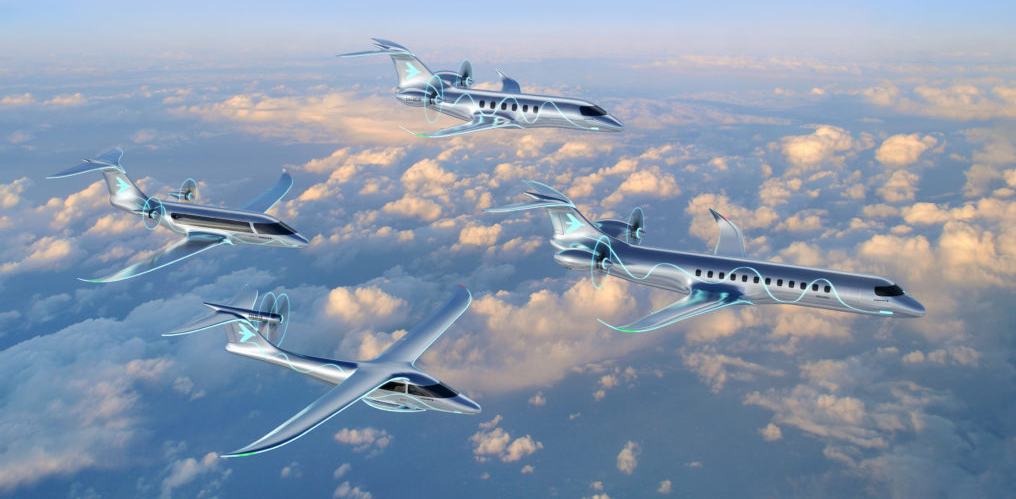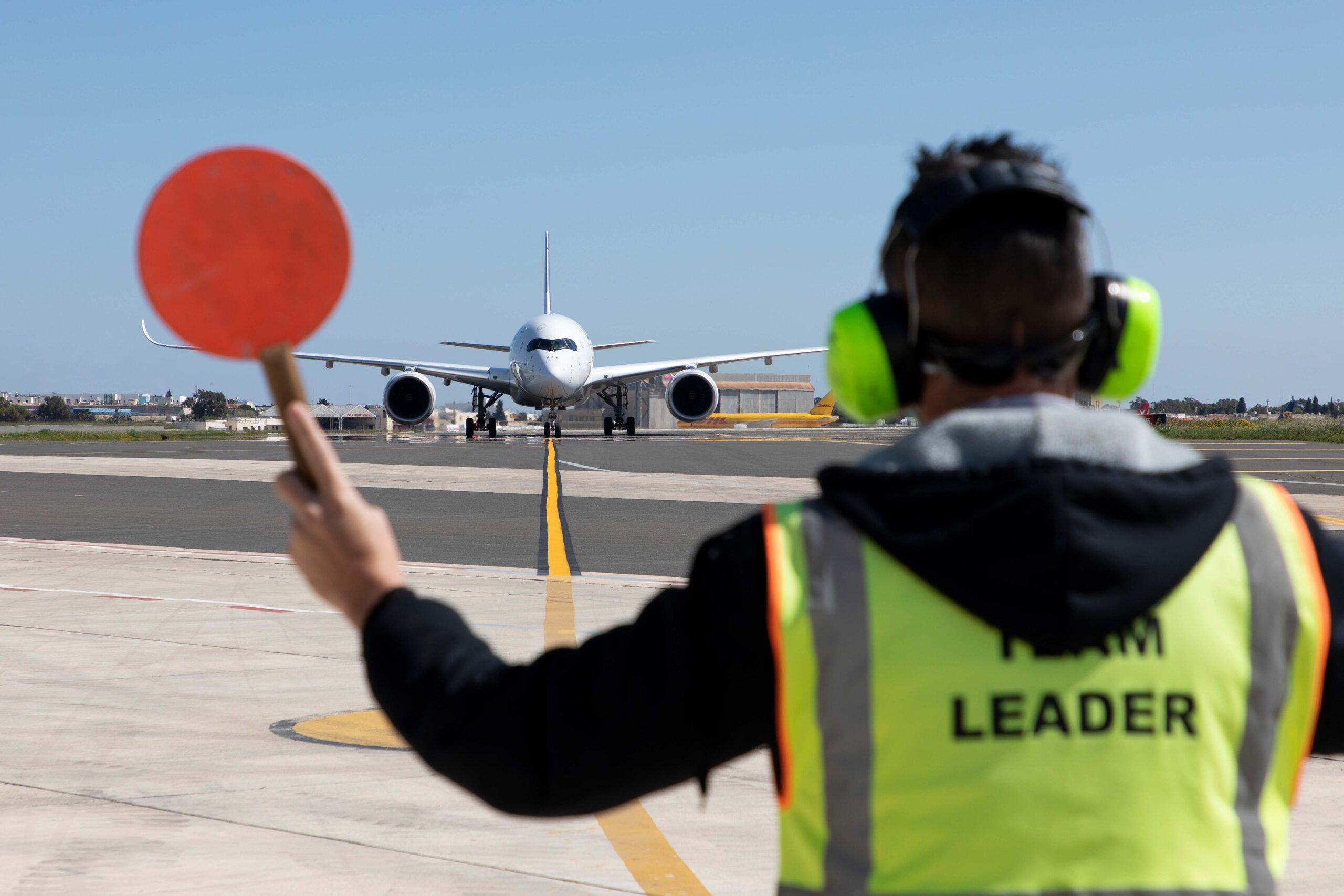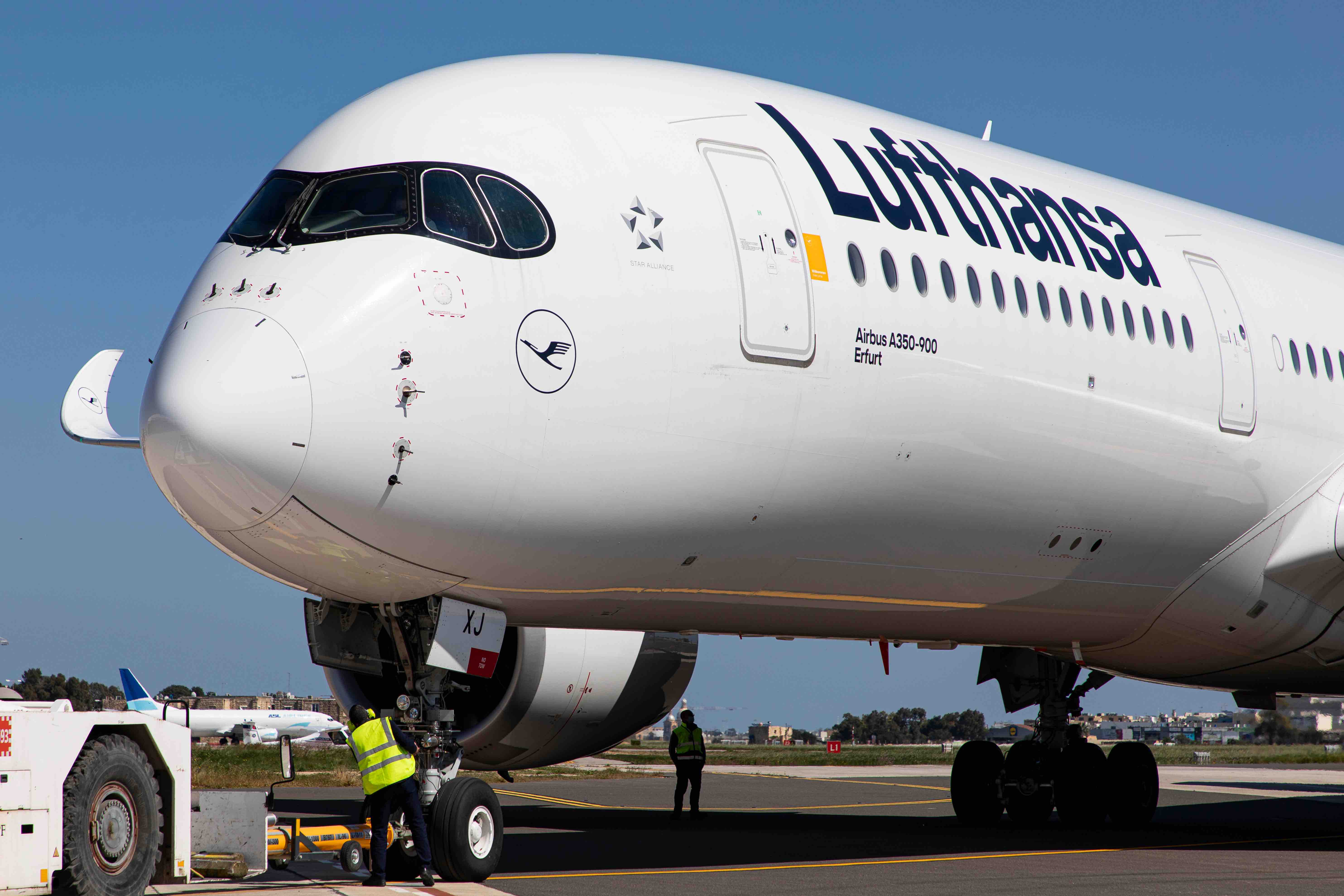Embraer (NYSE: ERJ) has announced a family of concept aircraft that it is exploring to help the industry achieve its goal of net zero carbon emissions by 2050. The details of the Energia family, the latest in the company’s Sustainability in Action initiative, were broadcast live via YouTube from Embraer’s manufacturing facility in São José dos Campos.
The company has partnered with an international consortium of engineering universities, aeronautical research institutes, and small and medium-sized enterprises to better understand energy harvesting, storage, thermal management and their applications for sustainable aircraft propulsionThe Energia Family is comprised of four concept aircraft of varying sizes that incorporate different propulsion technologies – electric, hydrogen fuel cell, dual fuel gas turbine, and hybrid-electric.
- Energia Hybrid (E9-HE) – hybrid-electric propulsion • up to 90% CO2 emissions reduction • 9 seats • rear-mounted engines • technology readiness –2030
- Energia Electric (E9-FE) – full electric propulsion • zero CO2 emissions • 9 seats • aft contra-rotating propeller • technology readiness – 2035
- Energia H2 Fuel Cell (E19-H2FC) – hydrogen electric propulsion • zero CO2 emissions • 19 seats • rear-mounted electric engines • technology readiness – 2035
- Energia H2 Gas Turbine (E50-H2GT) • hydrogen or SAF/JetA urbine propulsion • up to 100% CO2 emissions reduction • 35 to 50 seats • rear-mounted engines • technology readiness – 2040
Although the Energia airplanes are still on the drawing board, Embraer has already made advances in reducing emissions from its aircraft. It has tested drop-in sustainable aviation fuel (SAF), mixes of sugarcane and camelina plant-derived fuel and fossil fuel, on its family of E-Jets. The company is targeting to have all Embraer aircraft SAF-compatible by 2030. Last August, Embraer flew its Electric Demonstrator, a single-engine EMB-203 Ipanema, 100% powered by electricity. A hydrogen fuel cell demonstrator is planned for 2025 and the company’s eVTOL, a fully electric, zero-emissions vertical takeoff and landing vehicle, is being developed to enter service in 2026.
Watch the video presentation below!


